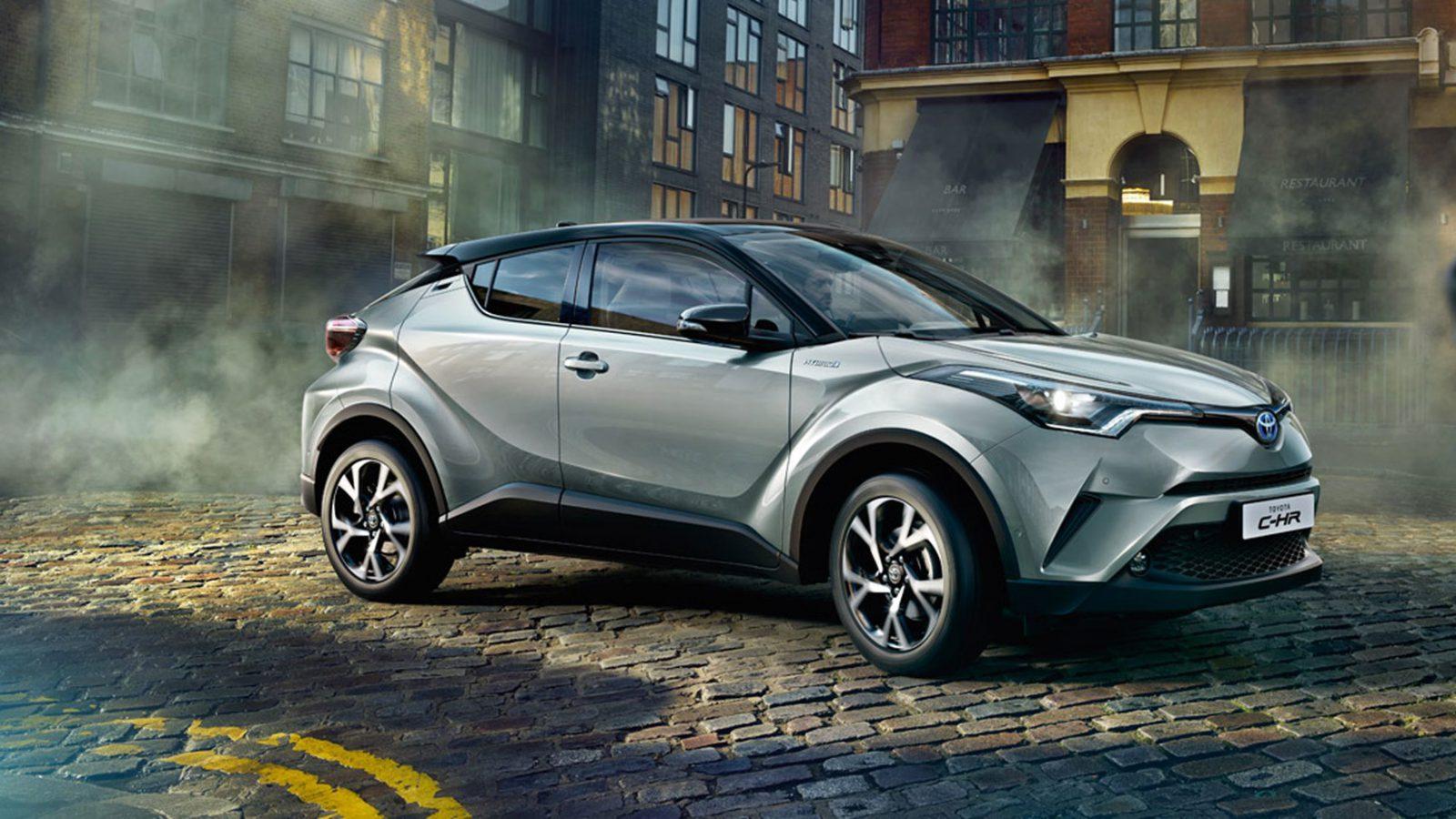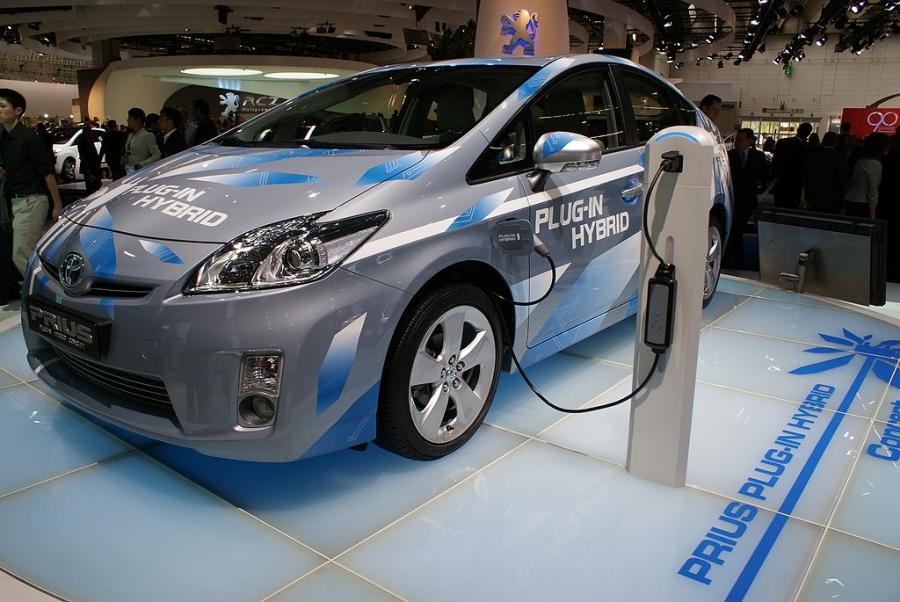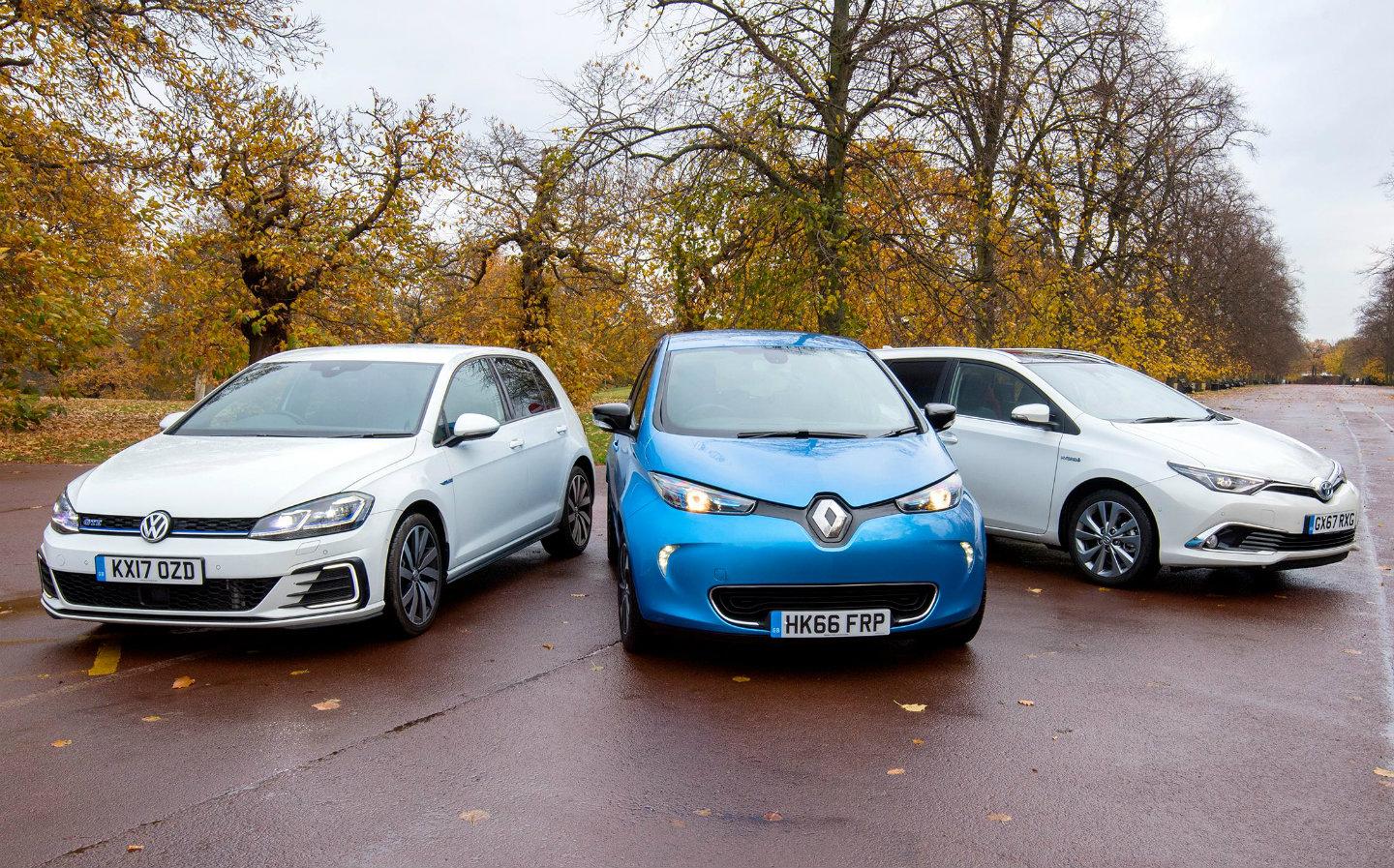Both hybrid and plug-in hybrid vehicles result from the growing popularity for eco-friendly and fuel-efficient automobiles. The automakers are constantly working for inventing advanced technologies to make the cars perform in the most efficient manner. With all these efforts for going green, a comparison between hybrid vs plug-in hybrid seems inevitable.
The main complaint against non plug in hybrid cars is their limited power. Some newer models appear to be the solution but at the expense of fuel economy. The plug in hybrid cars seem to be the next step as they are more fuel efficient. Giant automakers like General Motors and Toyota have been investing big money in this technology. But what are the differences between plug in hybrid vs hybrid? Which one seems to be more promising?
Contents
Hybrid Vs Plug-in Hybrid Vehicles
The major contrast between these two vehicle types is simple and straightforward—the source of energy. A non plug in hybrid car is a fuel-driven machine while the plug-in version recharges its battery from an electrical source.
A brief discussion on the mechanism of both types will help you to understand the hybrid vs plug-in hybrid parameter.

SEE MORE
1. Non Plug-in Hybrid Engine
The engine of hybrid vehicles is designed after the structure of a traditional combustion engine but with an electric motor attached. The primary source of power is the gasoline engine.
The motor powers the car at lower speeds and the combustion engine kicks in when you rev up the accelerator. You can use the power of both systems on special occasions like driving uphill.
2. Plug-in Hybrid Engine
They are commonly known as plug-in hybrid electric vehicles (PHEVs). The battery in these vehicles is more powerful and larger than their non plug-in counterparts. You charge them using both 220V and 120V outlets (the former will charge faster) and they can operate like an electric car that runs entirely on electric power. They have a gasoline engine too so you can switch between these modes, but the electric motor is their main source of power.
However, the electric power does not take the car too far because the power range of most PHEVs is limited. For example, Toyota Prius Prime PHEV can run only 25 miles on electric power while it is 29 miles for 2018 Hyundai Ioniq.
However, plug-in hybrids can be used purely as electric vehicles, which is not possible with the hybrid version. The combined method of gasoline and electric power is more fuel efficient.
The only thing that does not work in their favor is the high price. They are much more expensive than hybrid vehicles, which means that they are out of the purchase range of many people.

What Is Better: A Hybrid Or Plug-in Hybrid?
The comparison between hybrid vs plug in hybrid should have given you a clear idea that both versions have their benefits and inconveniences.
The PHEVs are better in terms of saving fuel and emitting less carbon to the environment. But, for more power, reasonable price, and longer trips without interruption for charging, hybrids are better.



